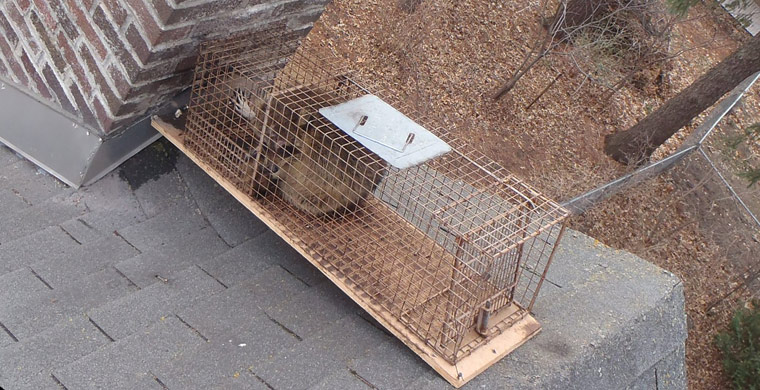-
info@aaanimalcontrol.com
Call us for help in your town
Humane Wildlife Education
Inspecting Your Home to Find Wild Animal Entry Holes
Need wildlife removal in your hometown? We service over 500 USA locations! Click here to hire us in your town and check prices - updated for year 2020.
Most people buy their home because they want a place that can be their own. They want to be able to go inside, close the door, and be able to enjoy the solitude and peace that should come from owning your own home.

While you want to be able to enjoy the solitude of your home, that does not always get to be the case. You may find that a wild animal has found its way into your basement, attic, or even into the walls of your home.
You need to face the fact that the average squirrel, skunk, bird, bat, raccoon, or other wild animal would find your home to be the ideal place for them to live. Not only is it a safe place for the most part, but it is likely to keep potential predators from being able to reach them. This is why they find a person's home to be so ideal.
You may not want an animal like this inside your home, but the fact of the matter is that you probably opened the door for them to get in. No, it is not that they entered through your front door but is, instead, a point of you allowing them to gain access by not ensuring that you have taken precautions around your home that can keep them away from your house. If you are wondering how to inspect your house to find wild animal entry holes, here are some things you can do.
First, you need to walk around your home and look for loose or cracked boards in your siding. One of the most common ways that a wild animal will gain access is by pushing their way through a board that is not sealed tightly or that has some kind of crack that allows them to push their way through.
You also want to look for holes in the siding or in the foundation. You may find that a hole has developed around window sills, around the foundation, ventilation slots, or in boards. Some animals will dig at the walls of your home and may eventually be able to create a spot where they can gain access.
Another spot you want to inspect is around the outside of your home where the plumbing pipes or laundry filters go into your home. These are not usually tightly sealed as they enter into the home, often leaving a small gap that can be used by an animal to get in. This is one of the most overlooked areas and one you need to look at thoroughly.
Also, take a look around your roof as well, run your hands along the shingles to make sure that none are cracked or loose. This also presents an opportunity for a wild animal, especially a bird or a squirrel to work themselves into the walls or the attic of your home, should they find an opening of some kind. If you do a check like this you should be ok.
For more information, you may want to click on one of these guides that I wrote:
How To Guide: Who should I hire? - What questions to ask, to look for, who NOT to hire.
How To Guide: do it yourself! - Advice on saving money by doing wildlife removal yourself.
Guide: How much does wildlife removal cost? - Analysis of wildlife control prices.
Animals in the attic - read about the common species.
Noises in the attic - how to identify critters by their sounds.


















